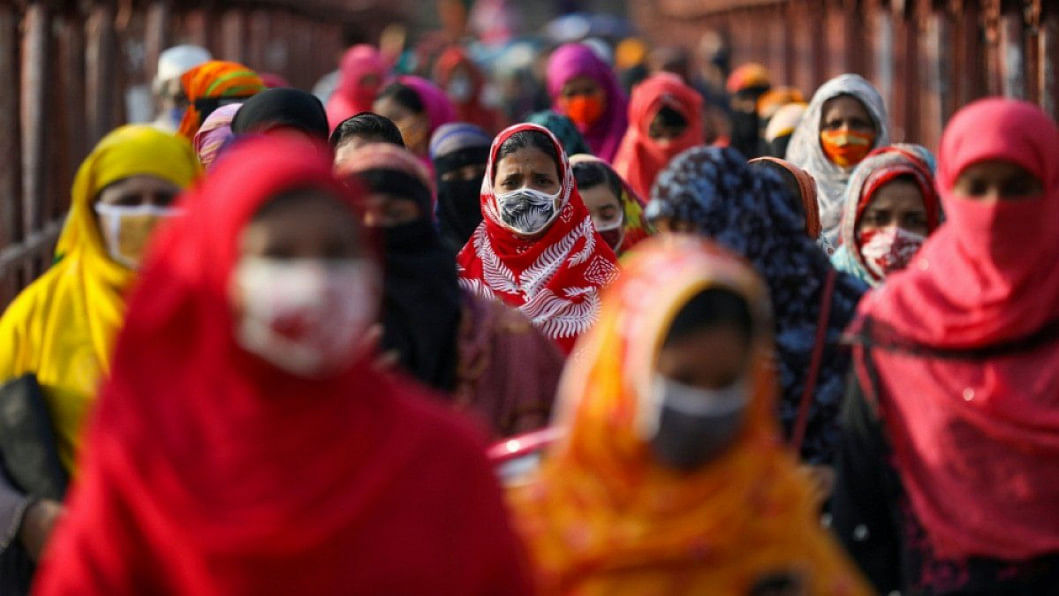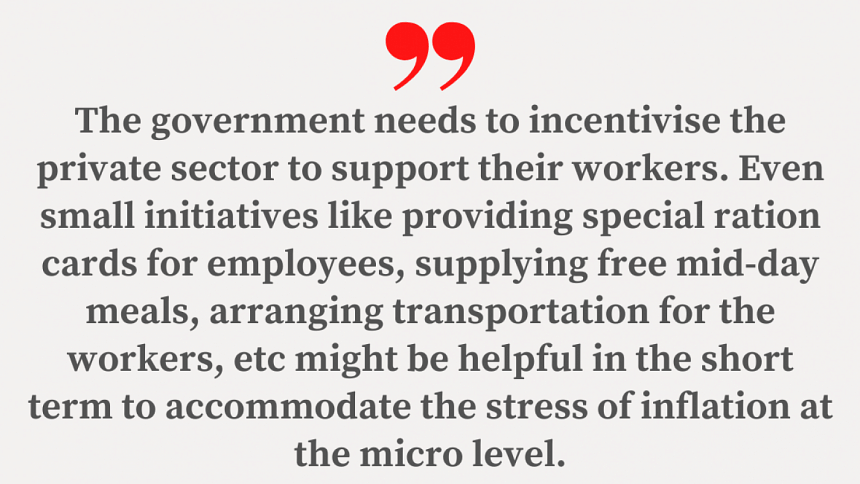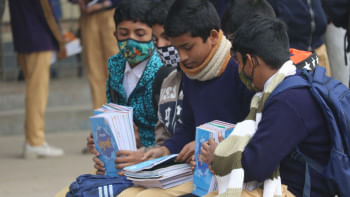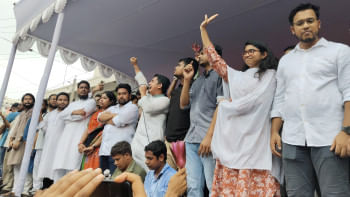Post-Covid challenges for our labour market

It is needless to mention that Covid-19 has made a significant dent in the labour market of Bangladesh, with loss of income and employment for many. With the recovery from the pandemic being more or less satisfactory, the pace of recovery has not been even, as relatively small-scale industries and informal services are said to be still in the process of recovery.
Given that as much as 85 percent of our labour force are engaged in informal employment, the task of recovery requires specific policy incentives from the government to stimulate the economy and revive the labour market. However, in order to contain the recent soaring inflation and to stabilise the macroeconomy, the government is adopting different measures to cut down aggregate demand. While confronted with the dual challenge of economic recovery and containment of inflation, for obvious reasons, stabilising price to a reasonable level becomes a priority for policymakers. Monetary and fiscal measures taken by the authorities in this context can turn out to be contractionary in reality and therefore might not assist in labour augmenting.
While the economy is in the process of recovery, the recent Russia-Ukraine war has posed further challenges to the local labour market. Besides, with the appreciation of the dollar and a large balance of payments deficit, there are concerns regarding the macro stability of the economy as well. One of the negative consequences of global unrest and post-Covid recovery is increased energy prices worldwide. Although it has declined globally in recent months, the Bangladesh government recently announced higher prices of different types of fuels to compensate for the losses resulting from energy subsidies due to previous heightened prices. This has been argued to have further aggravated the soaring inflation of essential commodities in recent months and has raised the cost of production for industries.
All of these can have negative implications for labour expansion. With a static private investment-GDP ratio, slow pace of industrialisation can delay the recovery process of the labour market. Besides, we must keep in mind that it is not just about large-scale industrialisation. Higher prices of different products and services can lead to contraction in demand, which can eventually have negative consequences on the demand for labour.
While dealing with local level challenges, we must also keep in mind that there is valid concern of a global recession. For countries like Bangladesh, which is strongly linked with the global economy through remittance earnings and export of RMG, this can have negative implications for the demand structure of export-oriented industries and eventually can lead to a fall in demand for the labourers engaged in those industries. In order to safeguard workers with limited earnings, employers can also arrange to provide essential food items at subsidised prices to their employees. The government needs to incentivise the private sector to support their workers. Even small initiatives like providing special ration cards for employees, supplying free mid-day meals, arranging transportation for the workers, etc might be helpful in the short term to accommodate the stress of inflation at the micro level.

Given the multi-faced challenges of post-Covid recovery, macro stability and global economic unrest, policy focus should not be diverted away from the core policy goal of employment generation and labour market recovery. Though the global economic environment or the local policy directives are not indicative of an optimistic scenario for large scale industrialisation and employment generation, in the medium term, the government can consider carefully re-designing fiscal incentives for large industries while making them conditional on protecting the rights of the workers.
In addition, there can be policy directions against labour retrenchment and even for short-term unemployment benefits. As for the latter, a joint contribution from the government and employers can be considered as part of social safety net programmes.
Given the soaring inflation, it is also crucial to adjust the minimum wages at a regular interval. At the same time, it is essential to expand the coverage of the sectors for which minimum wage is applicable. Though this task of bringing the workers within the purview of minimum wage is quite challenging, it can be initiated by constructing a digital database of workers.
While dealing with these recent concerns, we must not forget about the inherent long-term challenges of the Bangladeshi labour market. On the supply side, as much as 44 percent of the labour force are engaged in low-skilled occupations (elementary occupation and skilled agriculture/forestry/fishery) and 48 percent have medium-skilled jobs (clerical support work, services and sales work, craft and related trade, plant and machine operators/assemblers). But only around nine percent can be considered to be engaged in high-skilled occupations (managers, professionals, technicians and associate professionals). One root cause of such unemployment is the inability of the workforce to translate their skills to the labour market, which is caused by a discrepancy in the demand and supply side of said skills.
We must also keep in mind that, though Bangladesh is growing through a demographic transition, this window of demographic opportunity will come to an end by around 2038. So, it is worth noting that, in terms of the "quality'' of our youth population, around 8.79 percent of youths within the age range of 15 to 29 years possess no formal education and only 5.9 percent have obtained tertiary education, as per the Labour Force Survey 2016-17.
In order to deal with increased automation of industries and 4IR related technologies, policy focus must be directed towards upskilling and re-scaling of the existing labour force and introducing the new entrants in the labour market with advanced skills training suitable for the growing demand at both local and global levels.
To absorb our youths into the labour market, greater emphasis needs to be put on modernising and effectively functionalising TVET programmes. Another challenging area in the case of the labour market is low female labour force participation (at 36.3 percent), which demands greater focus on education and training, and to deal with gender-centric norms that prevent women from engaging in the labour market. In this regard, the policy focus must be directed towards removing gender discrimination at every sphere and in ensuring gender-sensitive strategies in the workplace.
Dr Sayema Haque Bidisha is a professor at the Department of Economics of Dhaka University.

 For all latest news, follow The Daily Star's Google News channel.
For all latest news, follow The Daily Star's Google News channel. 






Comments